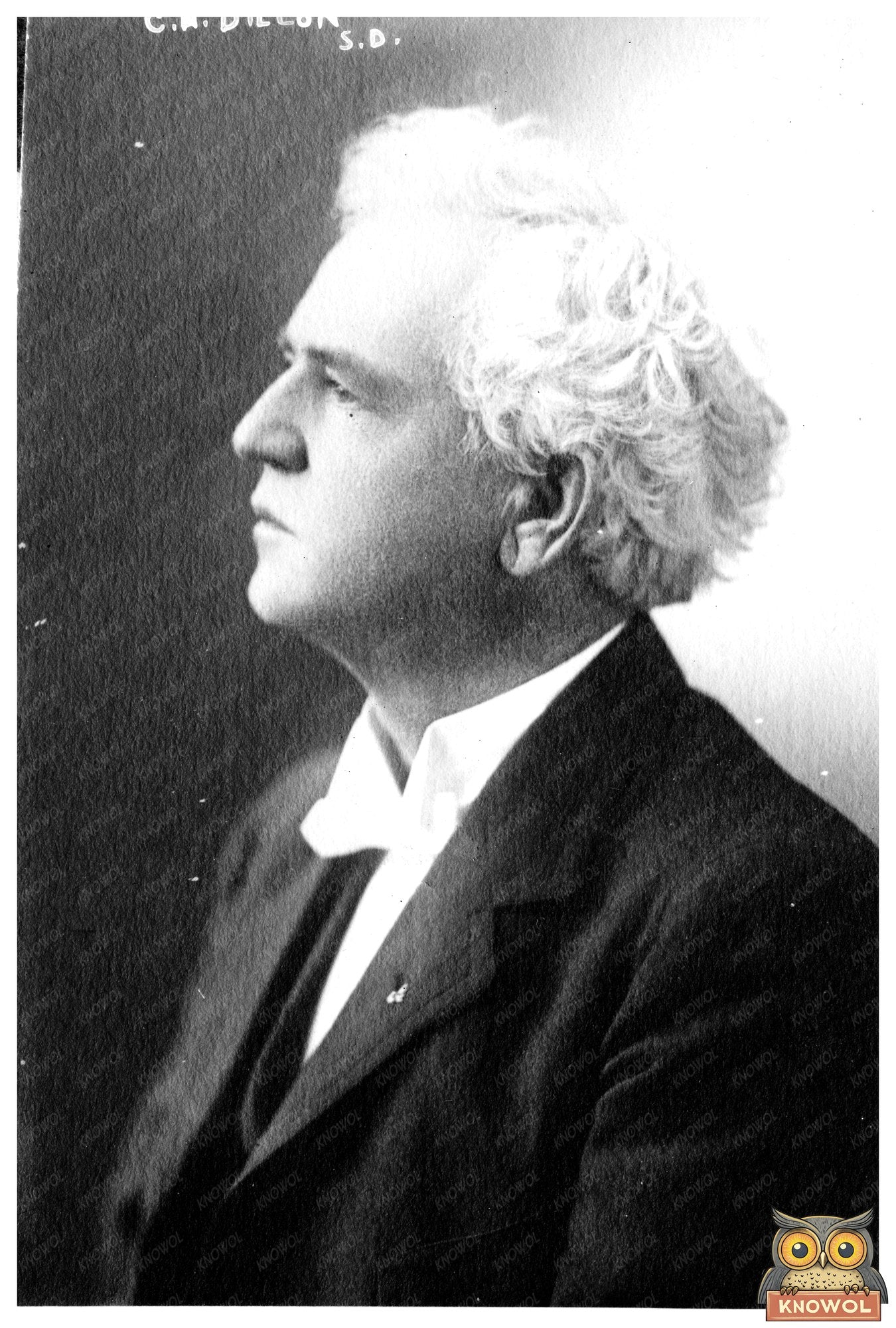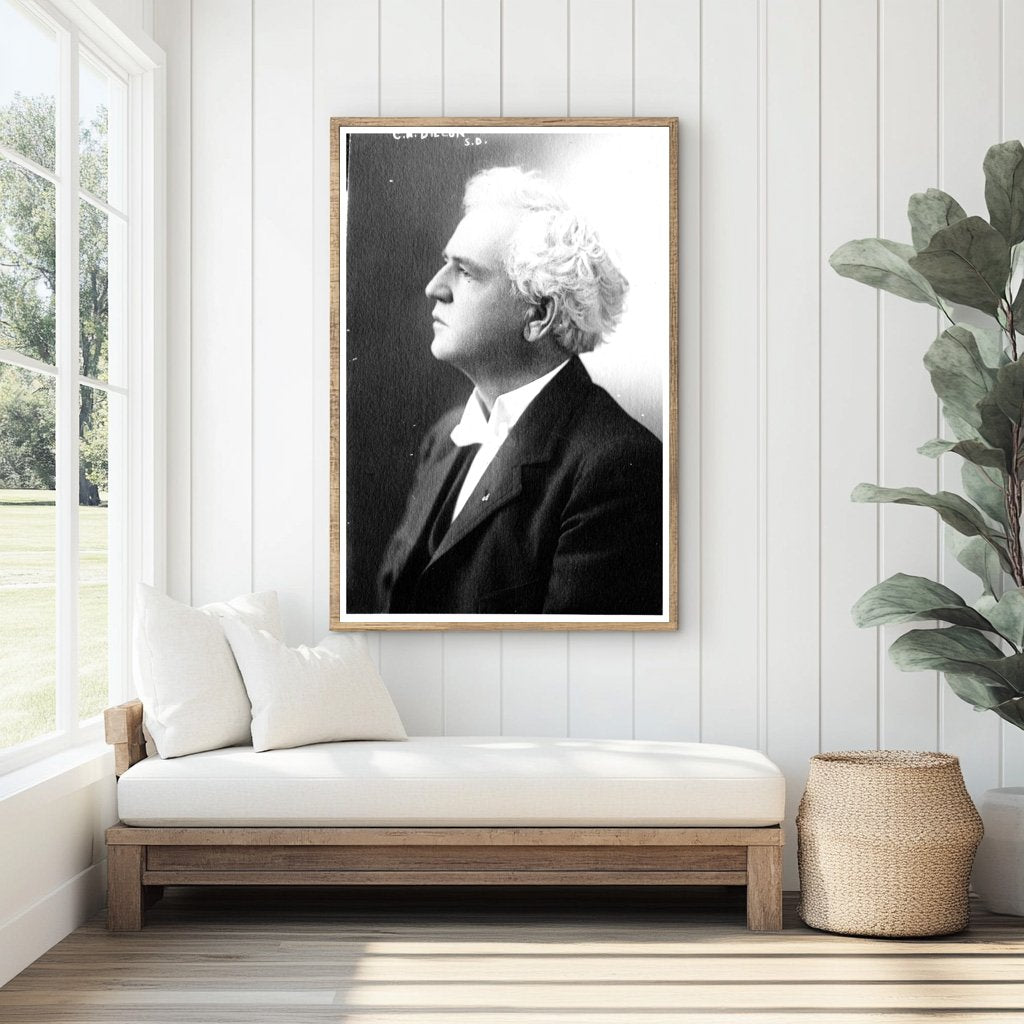


Early 20th-Century American Icon: C.H. Dillon
The image of C.H. Dillon, captured by a photographer from the Bain News Service, represents a significant moment in early 20th-century American history. While specifics about Dillons life and contributions remain less documented, the photograph itself is emblematic of the periods push toward documenting notable figures in various fields, including business, politics, and culture. The use of a glass negative—an early photographic technique—provides us with a tangible connection to this era and highlights the technological advancements in photography that were emerging at the time.
Photographers like those at the Bain News Service played a crucial role in shaping public perception by capturing and disseminating images of influential individuals across the country. The glass plate negative, around the standard size of 5 by 7 inches, showcases the intricate details that were achievable with this early technique. Glass negatives were popular in the late 19th and early 20th centuries due to their clarity and longevity, allowing for high-quality reproductions in newspapers and magazines, thus influencing how society viewed prominent citizens.
This photograph not only serves as a record of an individuals presence in history but also reflects the broader trends in the media landscape of the time. With an increasing interest in visual storytelling, images like that of C.H. Dillon helped to create a rich tapestry of narratives that chronicled American life and its evolving identity.

Early 20th-Century American Icon: C.H. Dillon
